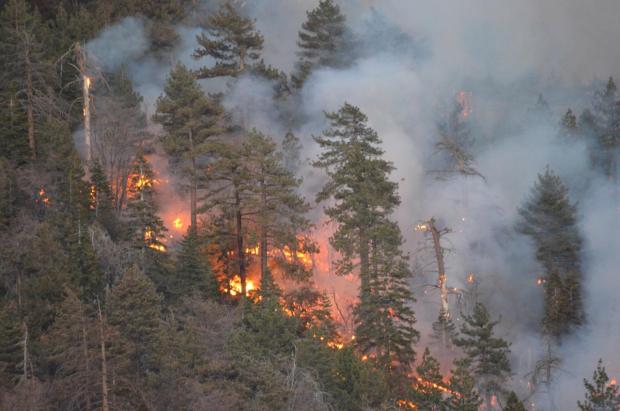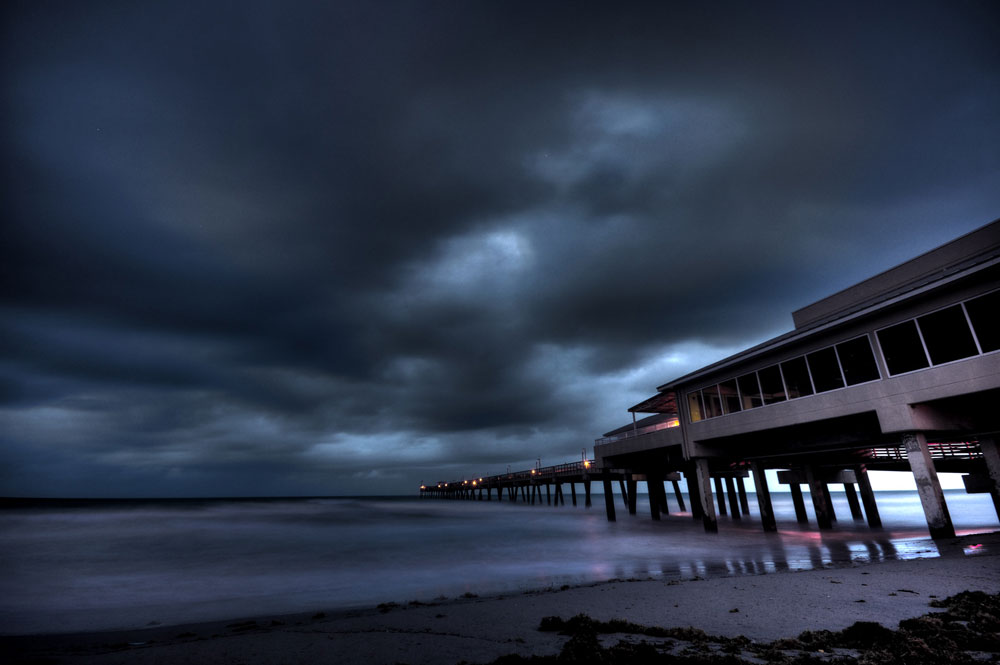
Rough Wildfire Season Ahead for West With Building Drought

This article was provided by AccuWeather.com.
While wildfires are inevitable in the West during the summer, this year the season has the potential to be worse than average.
Drought, which began last summer, become significantly worse over many areas of the West this winter. The drought is showing few signs of improvement this spring.
Only portions of Wyoming and Colorado to the central High Plains have had some moisture-rich storms of late.
Long-term indications are that these storms will break off in the weeks ahead and are not a sign of wetter times through the summer. This year's drought will shift farther west, compared to last year, which focused from the Plains to the Midwest.
According to Expert Senior Meteorologist Paul Pastelok, head of AccuWeather.com's Long Range Forecasting Department, "The latest indications are that the core of heat and drought for the summer of 2013 will focus from the High Plains to California and will expand into the Northwest and the northern Rockies."
The region is likely to have many critical Fire Weather days, which are defined by the National Weather Service as days in which the relative humidity is at or below 15 percent, winds are 20 mph or higher and the fire danger is rated at a high or extreme level.
Sign up for the Live Science daily newsletter now
Get the world’s most fascinating discoveries delivered straight to your inbox.
"As the summer progresses, we believe thunderstorms will begin to fire over the Southwest, associated with the monsoon, but moisture may be limited moving farther north to a point over the West," Pastelok said.
While the storms will provide a source of moisture to a small fraction of the region, lightning strikes from the storms will ignite wildfires. Many of the storms will not bring significant rainfall to a broad area.
RELATED:
- Forest Service Fiscal Year 2013 Budget Justification
- Budget Puts NOAA's Focus on Weather
- Interactive US Radar
Extreme heat is forecast over a large part of the West this summer. Last summer, Denver officially hit 100 degrees 13 times. This summer has the potential to bring just as many, if not more, 100-degree days. It could be a similar story for Salt Lake City, which had 11 days in which temperatures hit 100 degrees or higher.
The higher the temperature, the lower the humidity. The dry air and extreme temperature increase the flammability of the brush.
Adding to the danger of the dry brush is the bark beetle over western forests, which is killing scores of trees and creating more dry fuel for the fires.
Budget cuts to the U.S. Forest Service could also play a role, by limiting the amount of firefighters and lowering the amount of acreage set aside for hazardous fuel reduction.
The Forest Service estimates to have substantial cuts this year, and over half of those cuts could be shouldered by wildland fire management.
While one area may be favored over another for wildfires and thunderstorms, there is still the potential for a random stray storm or careless human activity in the region.
Even though available firefighters will be positioned in key areas, there is the potential for a large fire breaking out and rapidly spreading in an area with limited coverage.
According to the National Interagency Fire Center (NIFC), on average, wildfires burn 4.3 million acres each year in the U.S. Last year, 9.3 million acres burned.
An area of high pressure is projected to set up at most levels of the atmosphere, centered over the Four Corners region this summer. Last summer, the high set up farther east, over the central Plains.
A pattern such as this represents an area of sinking air and warmth at the surface and aloft. The combination makes for a very stable atmosphere and tends to prevent thunderstorm activity initially. However, as the pattern progresses, moisture can circulate into the high from the outside. Such moisture can lead to thunderstorm formation over the mountains.
The full AccuWeather.com forecast for the Summer of 2013 will be released in a couple of weeks.
AccuWeather.com. All rights reserved. More from AccuWeather.com.
With much of the country experiencing an unseasonably warm winter, fears of climate change come to mind. See how well you understand recent weather, climate and the difference between them.
Weather vs. Climate Change: Test Yourself










